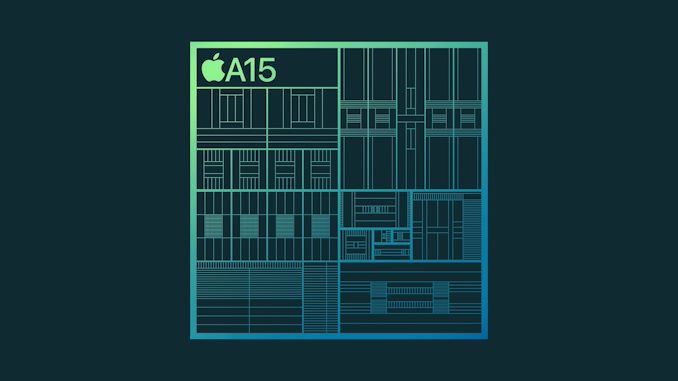BlackTangMaster
Piranha Plant
That's the problem. A downclocked Orin NX running at TX1 clocks for the GPU and CPU would theorically be less powerful than a stock S888 running with the switch cooling solution. It would maybe be more on par on the CPU side with 8 real big cores vs 4+4 cores but I suspect that the higher clocked S888's A78s would make the 25% difference in MT perf and would beat it in ST perf.If I was forced to choose between a downclocked orin at 8nm and a top of the line Snapdragon 888 at 5nm, I would go for the orin.
That said, I would also expect S888 to be too expensive for a $350 device in 2021 but I would expect a refined 2022 S890 to make the cut in a 2022Q4 device at $300.


